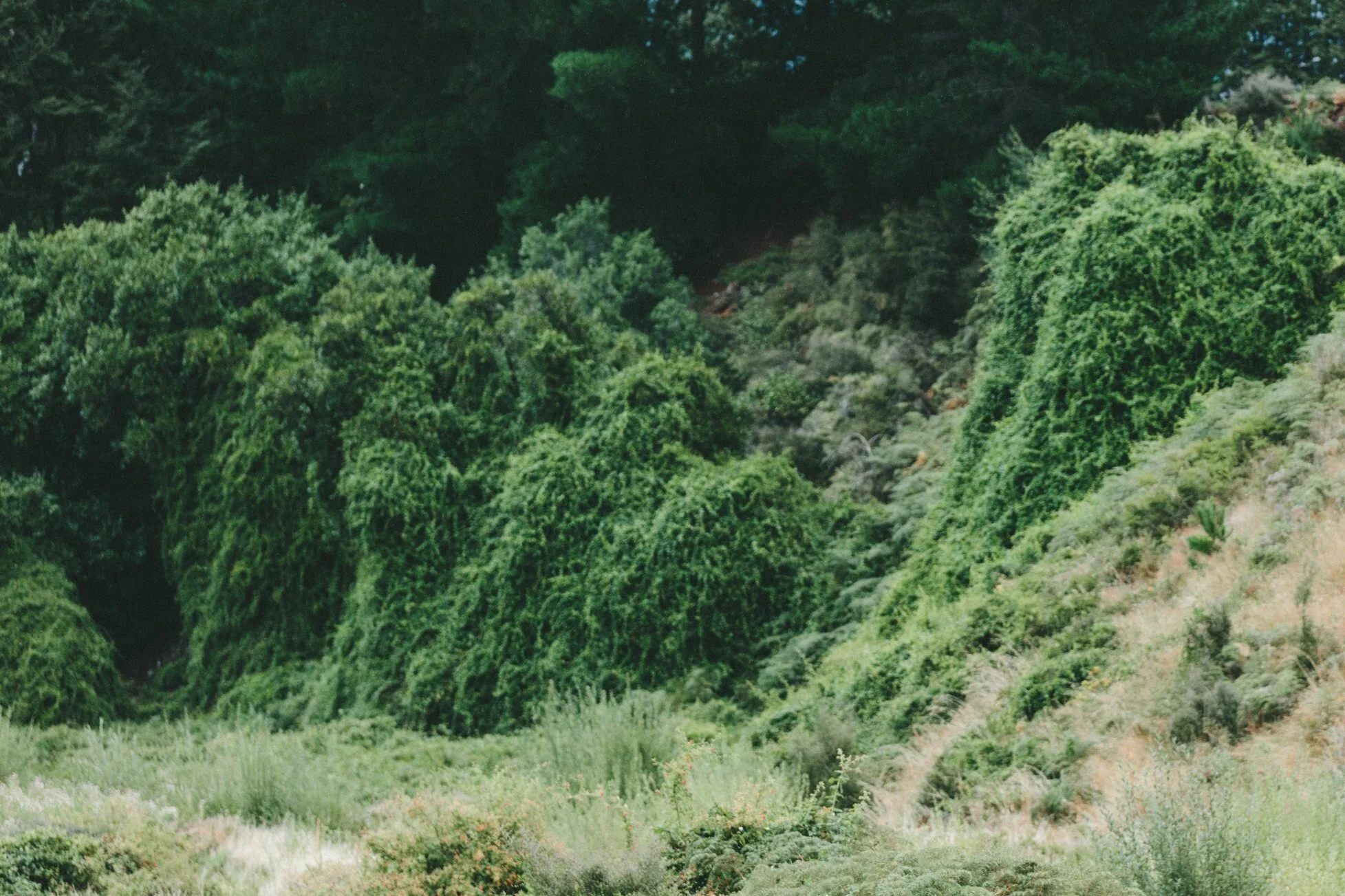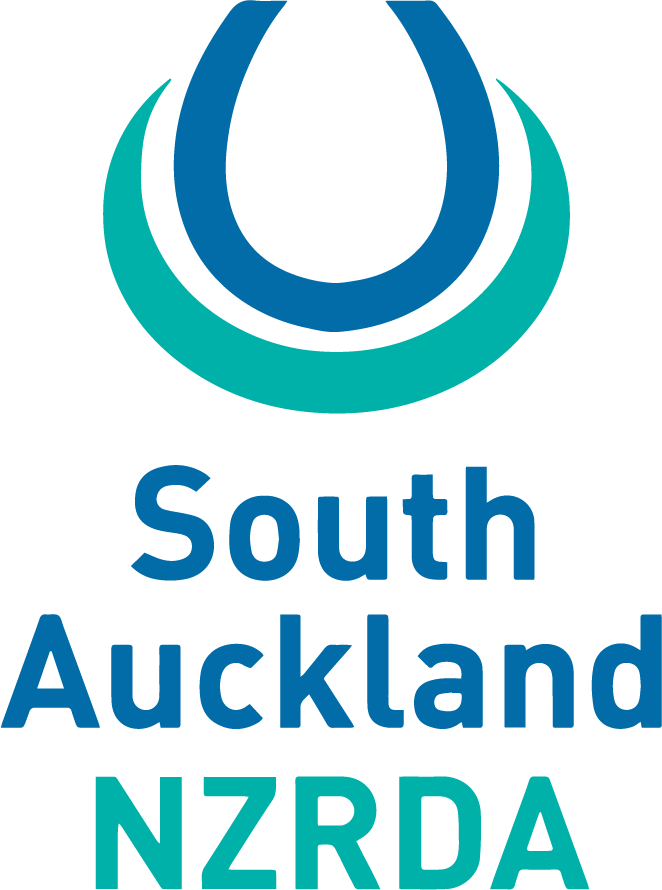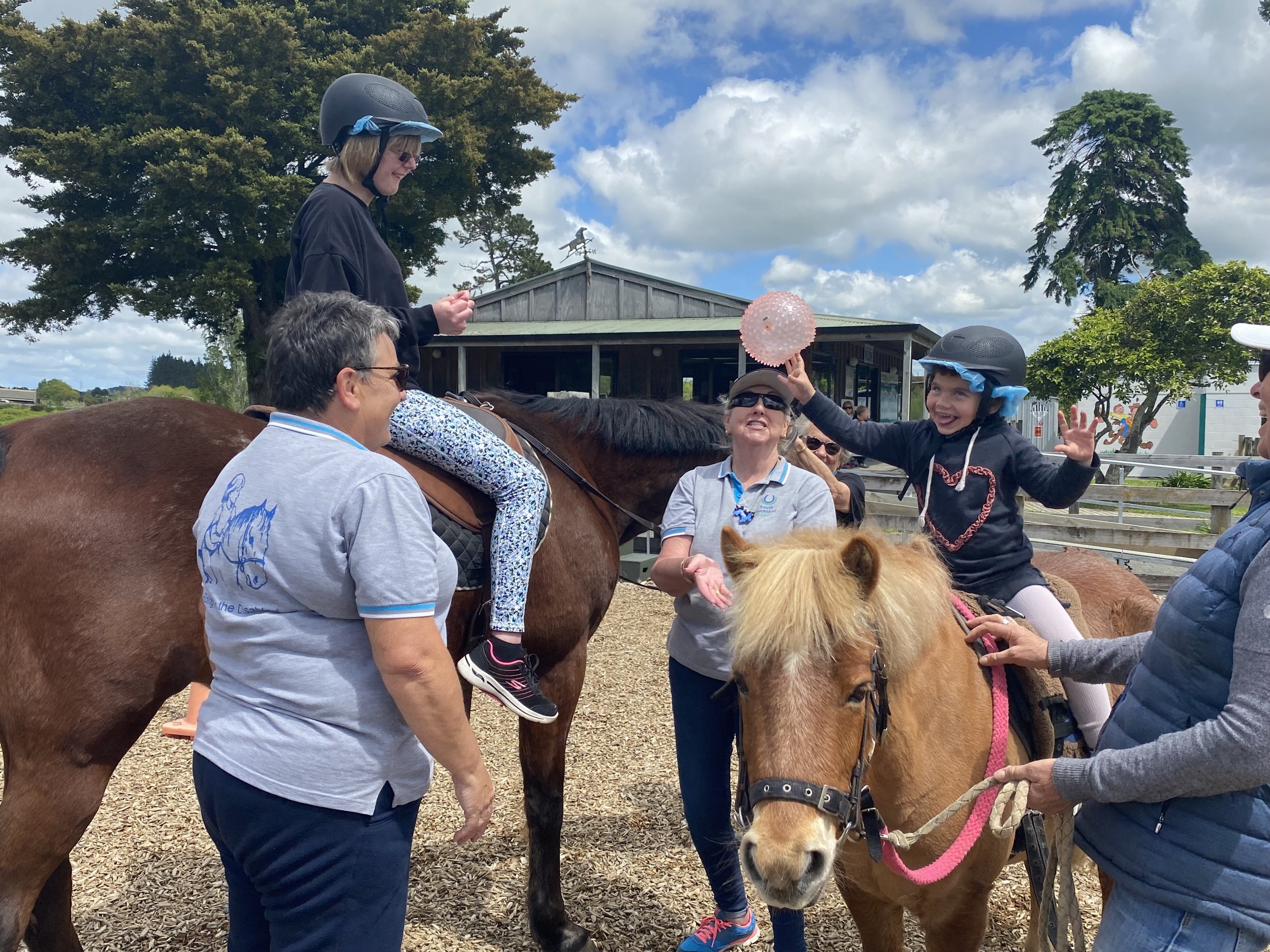
Reach More Riders, Change More Lives
Volunteer-led equine assisted education and therapy for disabled people of all ages in the South Auckland area.
Our mission is to provide enjoyment, engagement and empowerment through goal-focused learning on horseback.
RDA Riding Programmes
Our core purpose is to provide interaction with horses to improve health & well-being for people experiencing disability, or who have specific challenges or needs.
We aim to enable & support them to achieve good lives including meaningful participation in, and contribution to, important life activities & roles in their community.
The RDA environment is supportive and safe allowing for achievement of individual goals. Find out more about our riding programmes, our amenities and how to register a rider.
Join our team
Interested in becoming a Volunteer at South Auckland Group RDA? We are always looking for Volunteers, find out more about what we do and how you can help.

"I saw a child who couldn't walk,
Sit on a horse, laugh and talk,
Then ride it through a field of daisies,
And yet he could not walk unaided.
I saw a child, no legs below,
Sit on a horse, and make it go,
Through woods of green
And places he had never been
To sit and stare
Except from a chair.
I saw a child who could only crawl,
Mount a horse and sit up tall,
Put it through degrees of paces,
And laugh at the wonder in our faces.
I saw a child born into strife,
Take up and hold the reins of life."
- John Anthony Davies
Contact us.
Interested in Riding, Volunteering or Supporting SARDA? Get in touch with the team.


